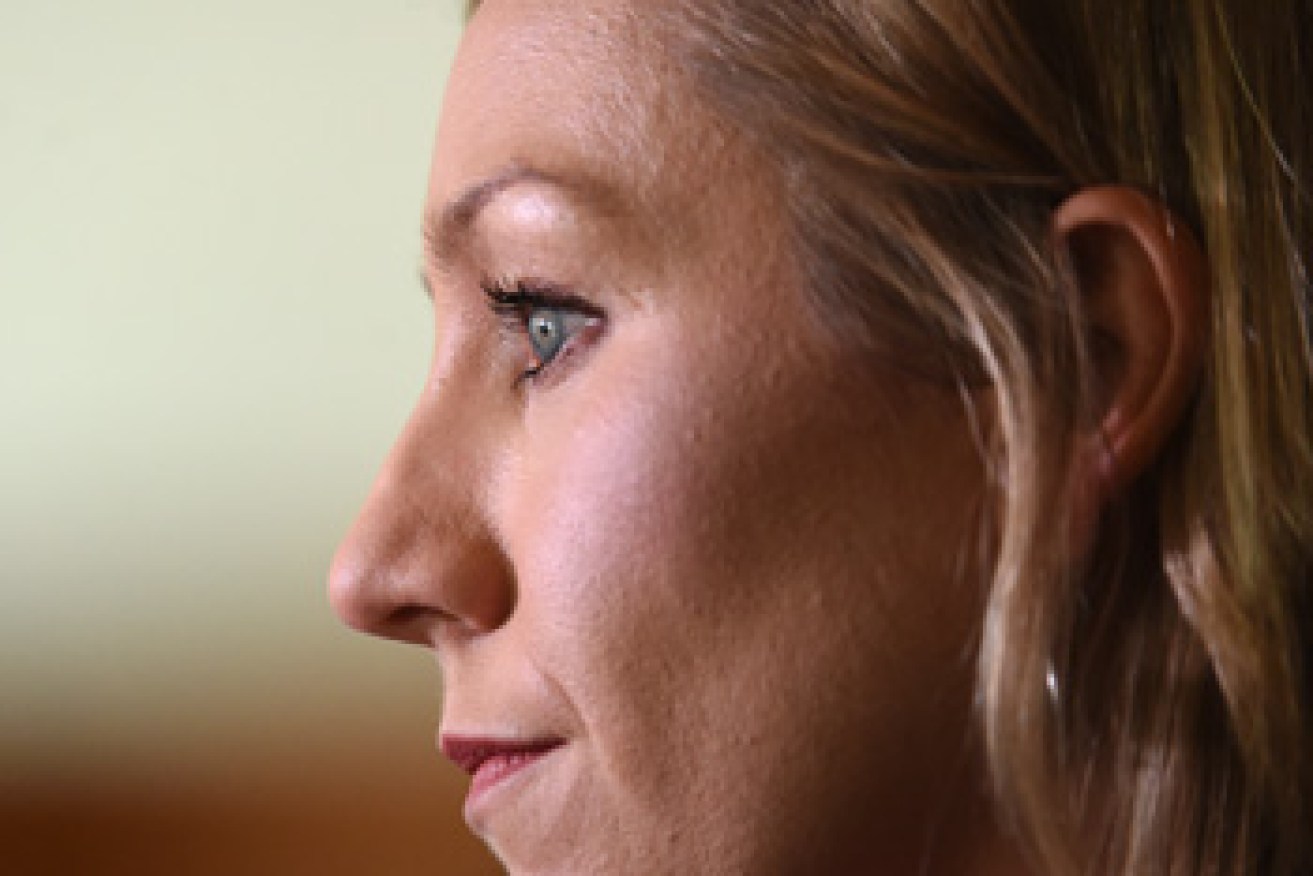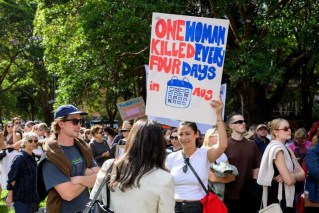Australia’s new emissions goal


Greens senator Larissa Waters believes using 2005 level is sneaky. Photo: AAP
Prime Minister Tony Abbott has confirmed his government has set Australia a carbon emissions reduction target of at least 26 per cent by 2030.
But the target could go higher – to 28 per cent – depending on its economic impact.
“This is fairly and squarely in the middle of comparable economies,” he told reporters in Canberra on Tuesday.
The target falls short of all other developed nations but Japan and South Korea.
• Afraid? paranoid? Google knows what terrifies us
• British grandpa leaves home to fight terrorists
• Serena Williams flexes her muscle on magazine cover
Environment Minister Greg Hunt confirmed that the government would not change its current stance on emissions trading schemes (it opposes them) or the renewable energy target. The governmental will rely on a combination of ‘direct action’, along with organic improvements in battery storage and energy efficiency.
The Prime Minister said that businesses would not be asked to pay anything.
Australia agrees in principle, along with the international community, to limit global warming to two degrees from pre-industrial levels – a goal forming the base of an anticipated global agreement at the UN summit.

Greens senator Larissa Waters believes using 2005 levels is sneaky. Photo: AAP
Climate Institute chief executive John Connor earlier said on Tuesday that the reported target range, when compared to comparative economies, showed Australia was not doing its fair share.
“A 25 per cent target would show that we’re not fair dinkum about the two degree goal,” Mr Connor said.
“Yes it’s challenging, but good policy design can cover those challenges.”
Canada has pledged to cut 30 per cent, EU countries 40 per cent, Switzerland 50 per cent and both New Zealand and Canada 30 per cent by 2030.
The real meaning of those numbers depends on what year’s levels each country based the cuts.
For example, EU countries based their emissions cuts on 1990 levels, while the US based its target on 2005 levels.
Australia’s target was also based on 2005 levels.
This was the year in which our carbon emissions peaked historically, making a reduction easier to achieve.
Greens senator Larissa Waters accused the government of cooking up “dodgy targets” by shifting the base year to 2005 but believed the community will see through the trick.
“Australians understand that the coal industry is dying and today’s jobs and future jobs are in renewables,” she said.
The government-funded Climate Change Authority recommended a 40 to 60 per cent cut on 2000 levels by 2030 while the Australian Greens wanted 60 to 80 per cent by the same year.
The Abbott government replaced Labor’s carbon tax with its $2.55 billion direct action plan last year and has ruled out putting a price on carbon.
Labor has pledged to introduce an emissions trading scheme in government, saying voters want strong action on climate change.
– with AAP








